Top Things to Do in Copenhagen and Nearby (Beyond the Touristy Spots)
Copenhagen and nearby towns have more to see than just the typical touristy spots such as Nyhavn and the Little Mermaid statue. With family members living in Denmark, our frequent visits have provided us with the luxury of time to explore a bit more beyond the popular places. Here is our list of non-touristy things visitors should not miss in Copenhagen and nearby areas.
The National Museum of Denmark
The National Museum of Denmark in Copenhagen is the country’s largest museum of cultural history. The museum is housed in an 18th-century classical mansion that once served as the residence for Danish royalty.
Its exhibits feature various artifacts, including ancient runestones, Viking weapons, medieval jewelry, and Renaissance art. There’s also a dedicated Children’s Museum, where younger visitors can immerse themselves in interactive displays and hands-on activities designed to bring history to life.
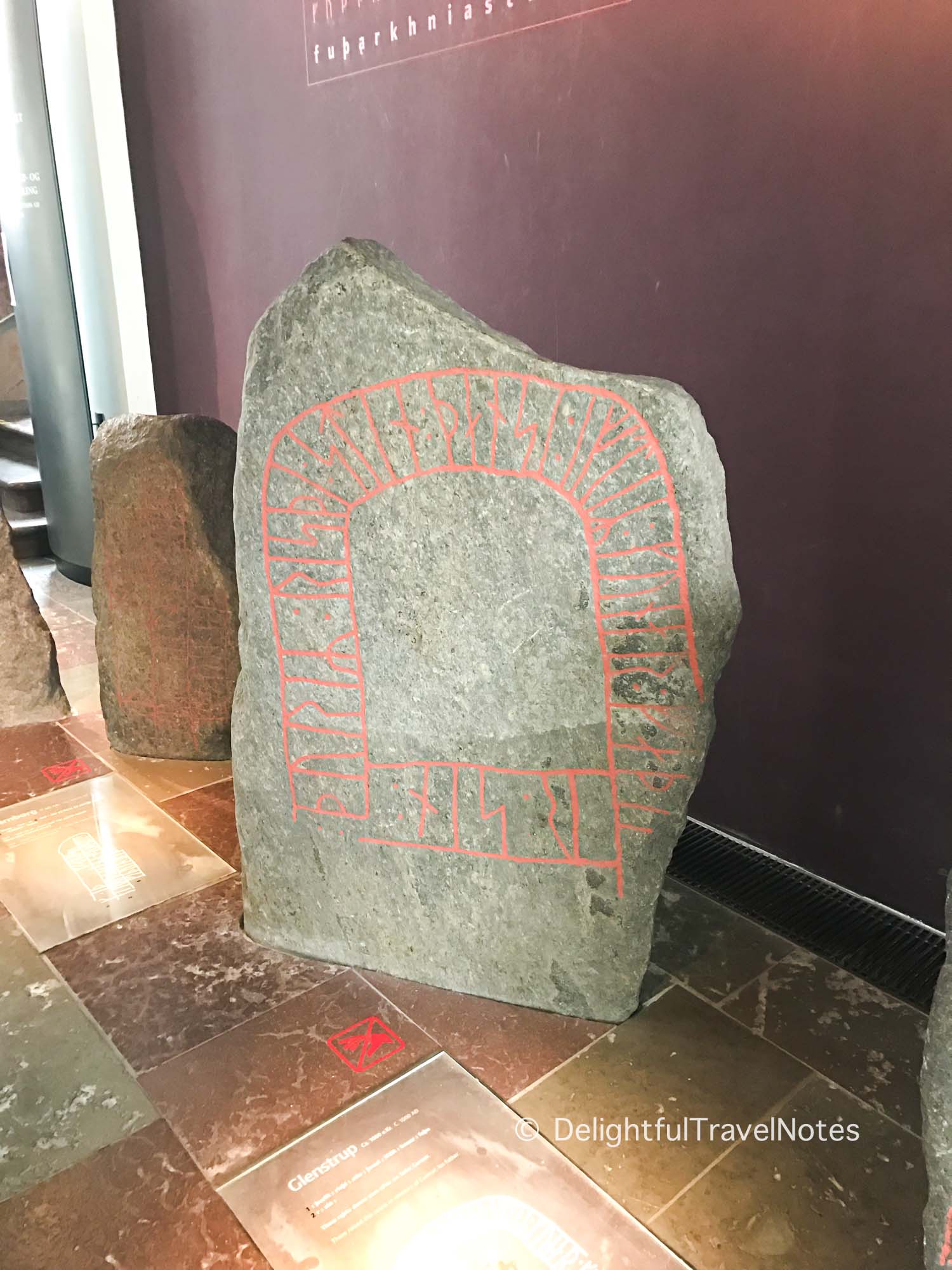
Designmuseum Danmark
Designmuseum Danmark in Copenhagen is the country’s premier museum dedicated to Danish design. Located in the Frederiksstaden district, the museum is housed in a building that once served as Denmark’s first public hospital. Among its notable exhibits is the iconic Danish Chair Collection, where visitors can explore the artistry and innovation behind some of the world’s most renowned chair designs. You will also come across iconic Danish lighting, such as designs by Louis Poulsen.
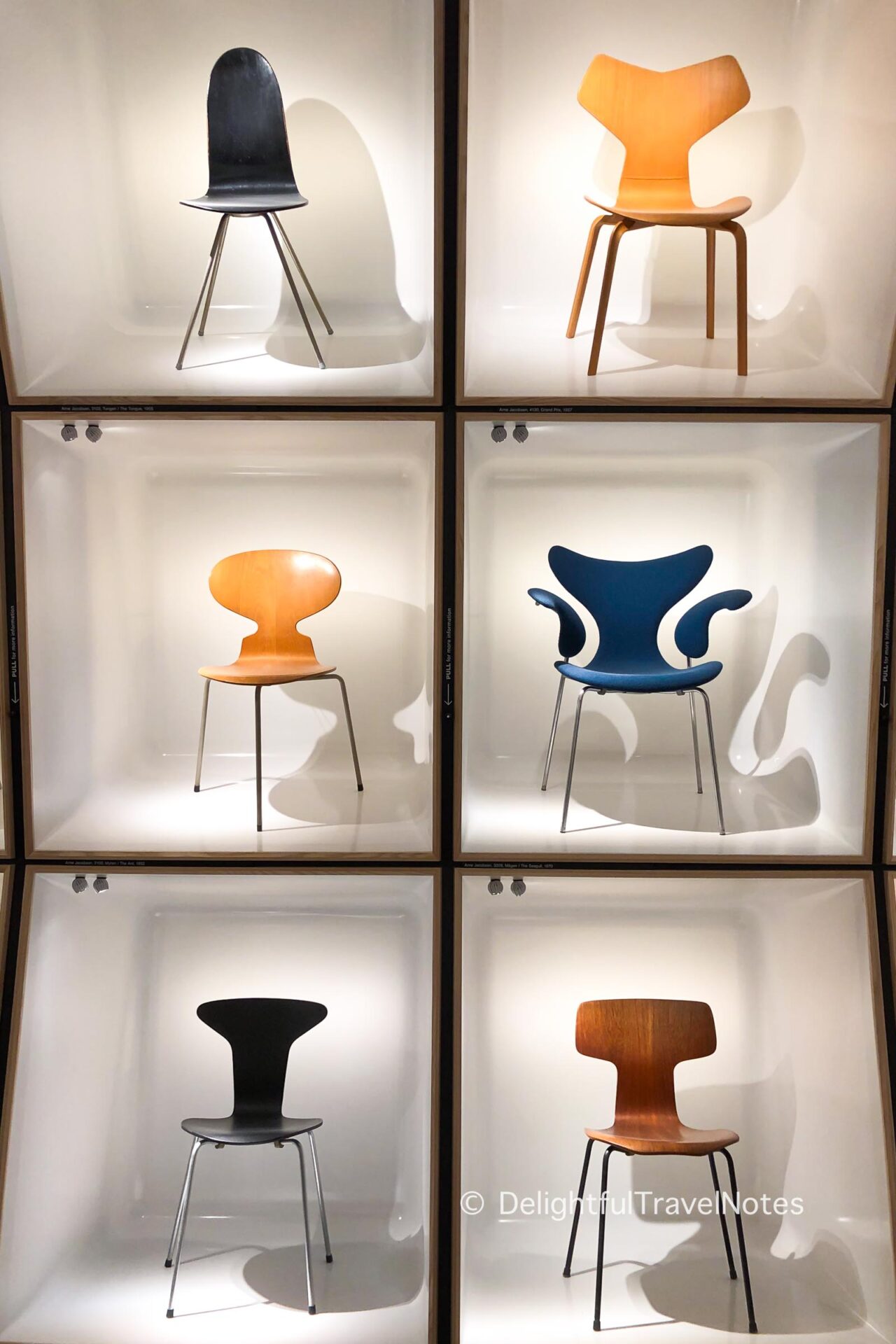
For those interested in design, aesthetics, and the relationship between form and function, Designmuseum Danmark is a must-visit. As admirers of iconic Danish chairs and lights – such as Series 7 and Swan by Fritz Hansen, or PH5 lamps by Louis Poulsen – we totally enjoyed our visit to this museum.
National Gallery of Denmark
The National Gallery of Denmark (Statens Museum for Kunst or SMK) stands as Denmark’s principal art museum, holding an extensive collection of both Danish and international art. It has a comprehensive collection of Danish art from the 18th century to the present day. In addition, the gallery holds a collection of European art, featuring masterpieces from renowned artists such as Rembrandt, Rubens, and Matisse.
Apart from its permanent collection, the National Gallery of Denmark also hosts temporary exhibitions. These exhibitions often spotlight specific artists, movements, or themes, adding variety to visitors’ experience.
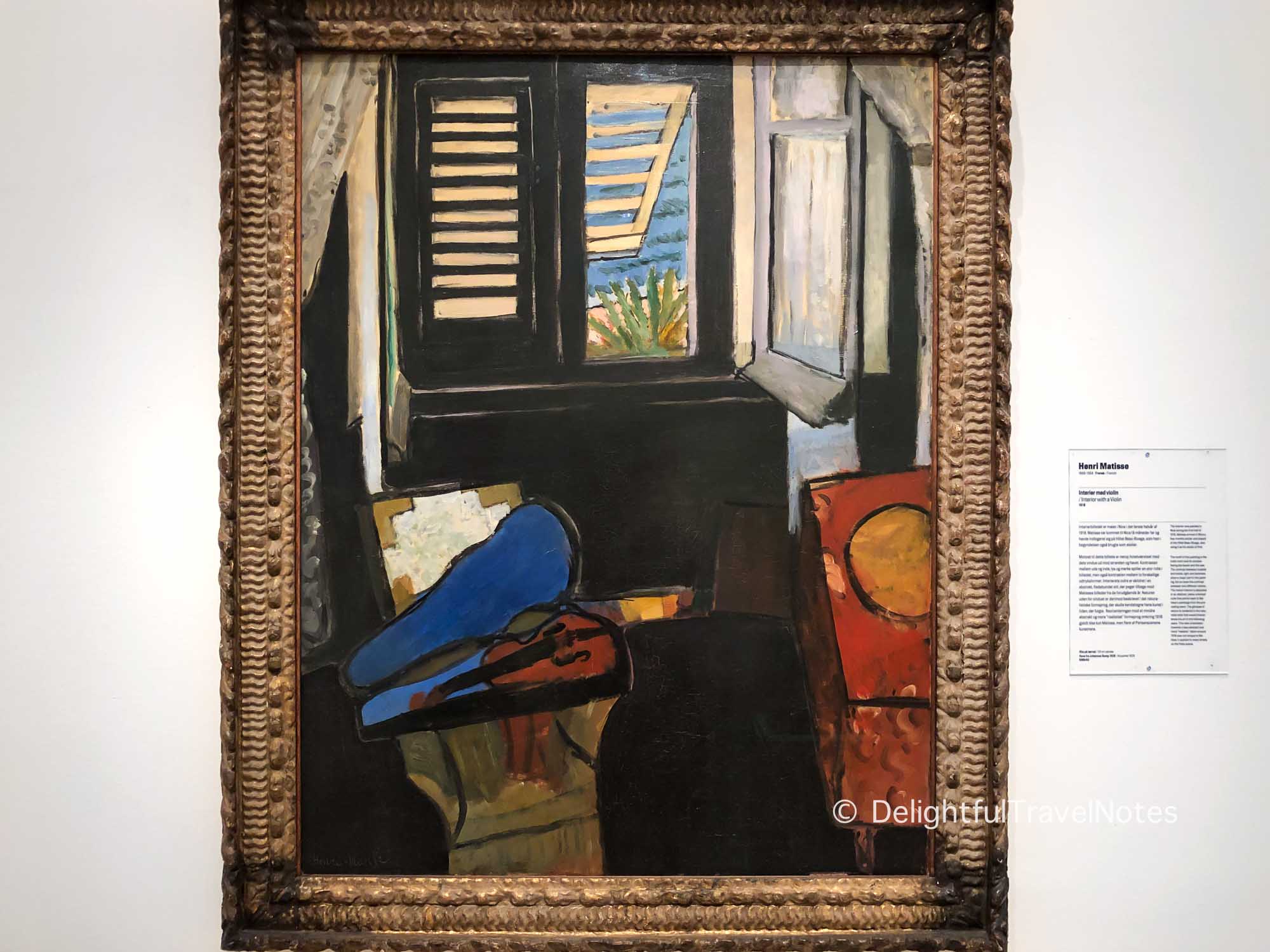
Royal Copenhagen Flagship Store
Royal Copenhagen is an iconic brand with deep historical roots in Denmark, renowned worldwide for its exquisite porcelain that reflect exceptional craftsmanship and timeless design. Founded in 1775, Royal Copenhagen has maintained its reputation for quality, innovation, and preserving traditional techniques over the centuries.
The flagship store is located on Amagertorv, one of Copenhagen’s most bustling and historic squares, right in the heart of the city. You will find various porcelain products on display at the store. The Blue Fluted pattern, one of Royal Copenhagen’s most iconic and first designs, often takes center stage, known for its intricate blue hand-painted motifs on white porcelain. I also love the Princess pattern.
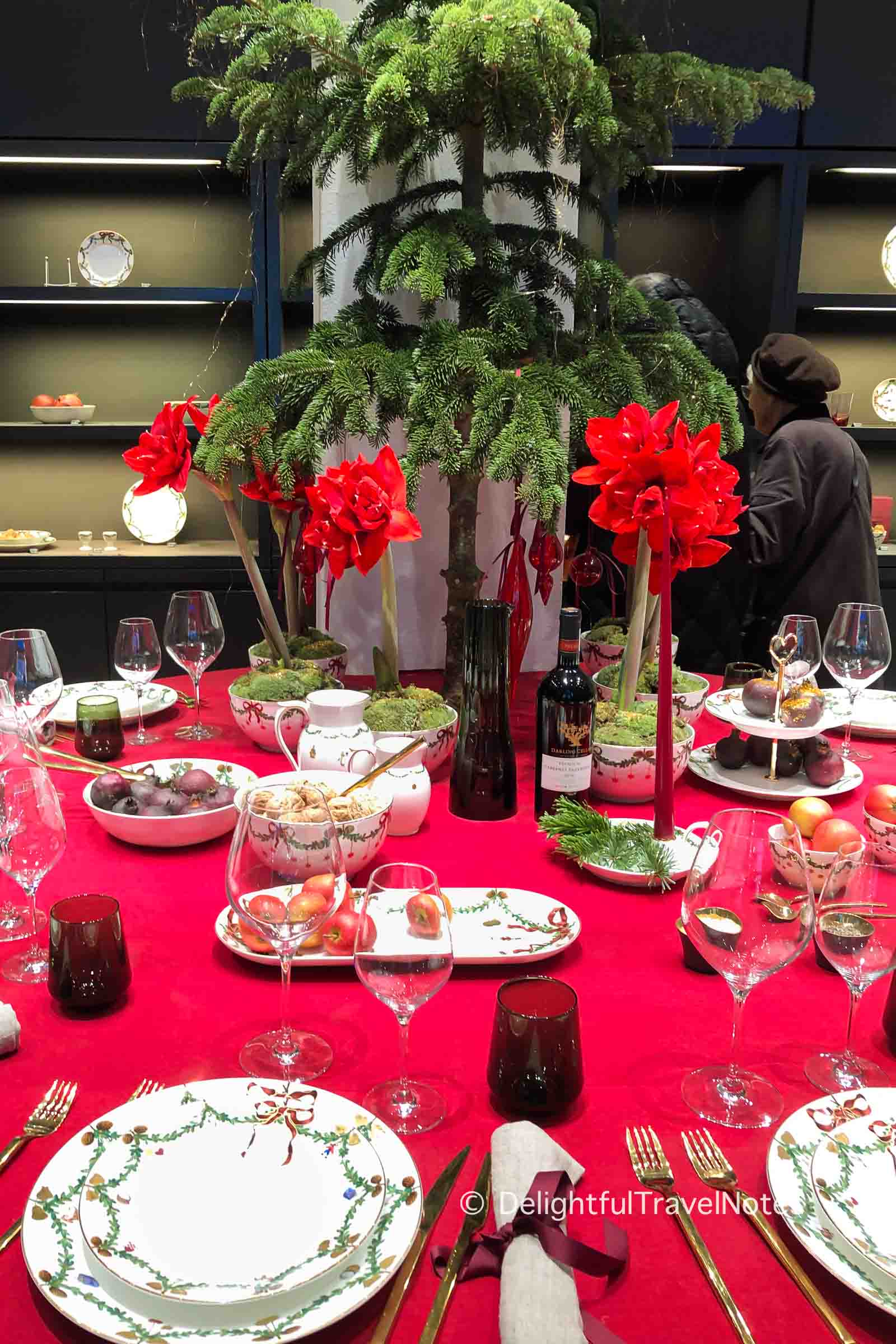
If you visit our food blog, you’ll see Royal Copenhagen featured in many of our photos. The pieces are beautiful, yet expensive. Every time we visit Denmark, we purchase a few items, allowing our collection to grow gradually over the years. Whether you’re a collector, a design enthusiast, or a casual visitor, the flagship store of Royal Copenhagen will provides insights into the world of fine porcelain and the legacy of one of Denmark’s most cherished brands. Their products are excellent souvenirs to bring home.
Magstræde and Snaregade Streets
Magstræde is one of the oldest, most colorful, and most picturesque streets in Copenhagen. Situated in the old town of Copenhagen, the street is lined with colorful, low-rise buildings, many of which showcase the traditional Danish architectural style. Magstræde, along with its neighboring street Snaregade, are among the few streets in Copenhagen that still retain their original cobbling and historic charm well.
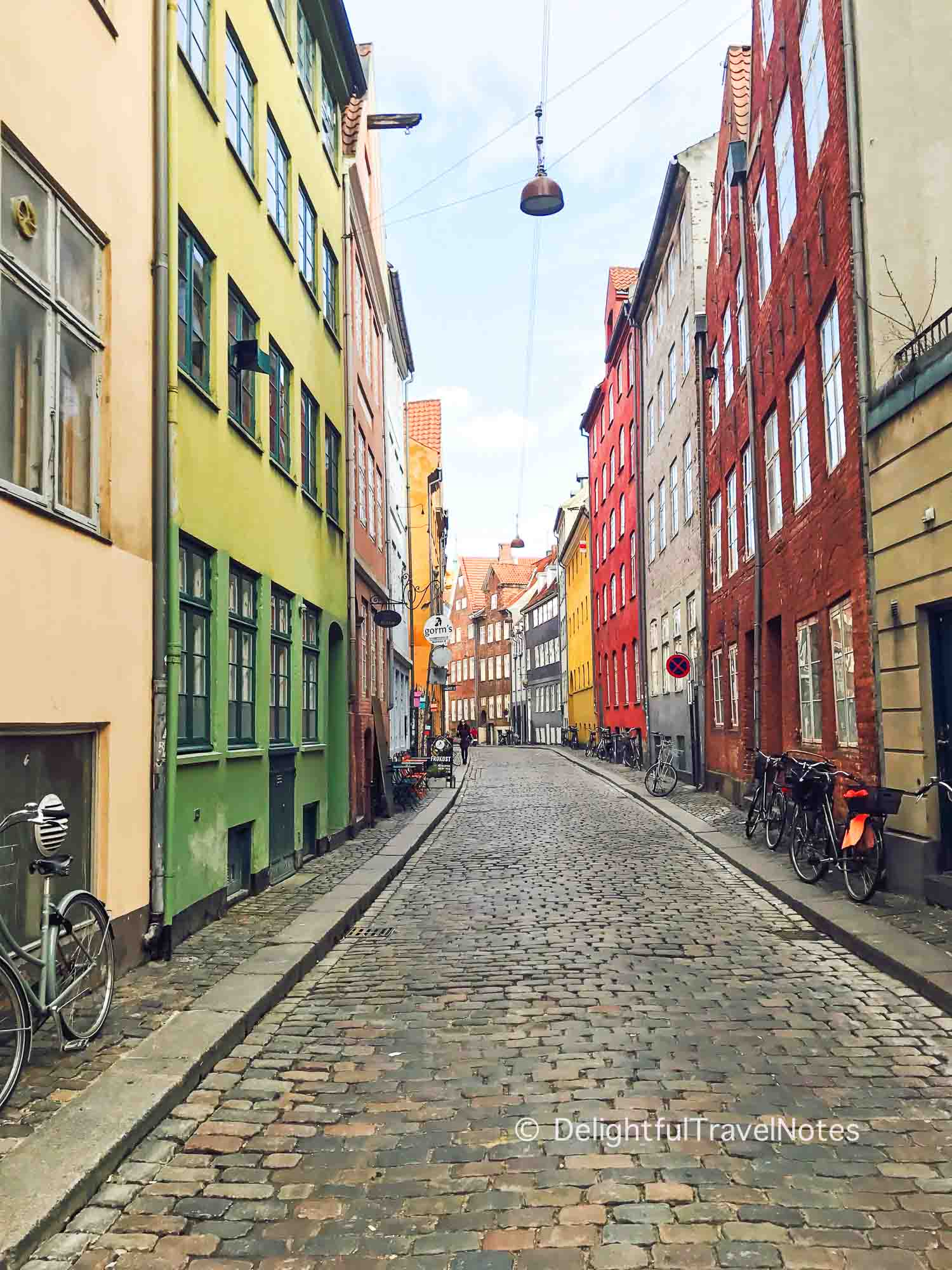
These streets are just a stone’s throw away from several of Copenhagen’s major attractions. After a leisurely stroll here, you can walk to Marmorbroen Bridge, which leads directly to Christianborg Palace.

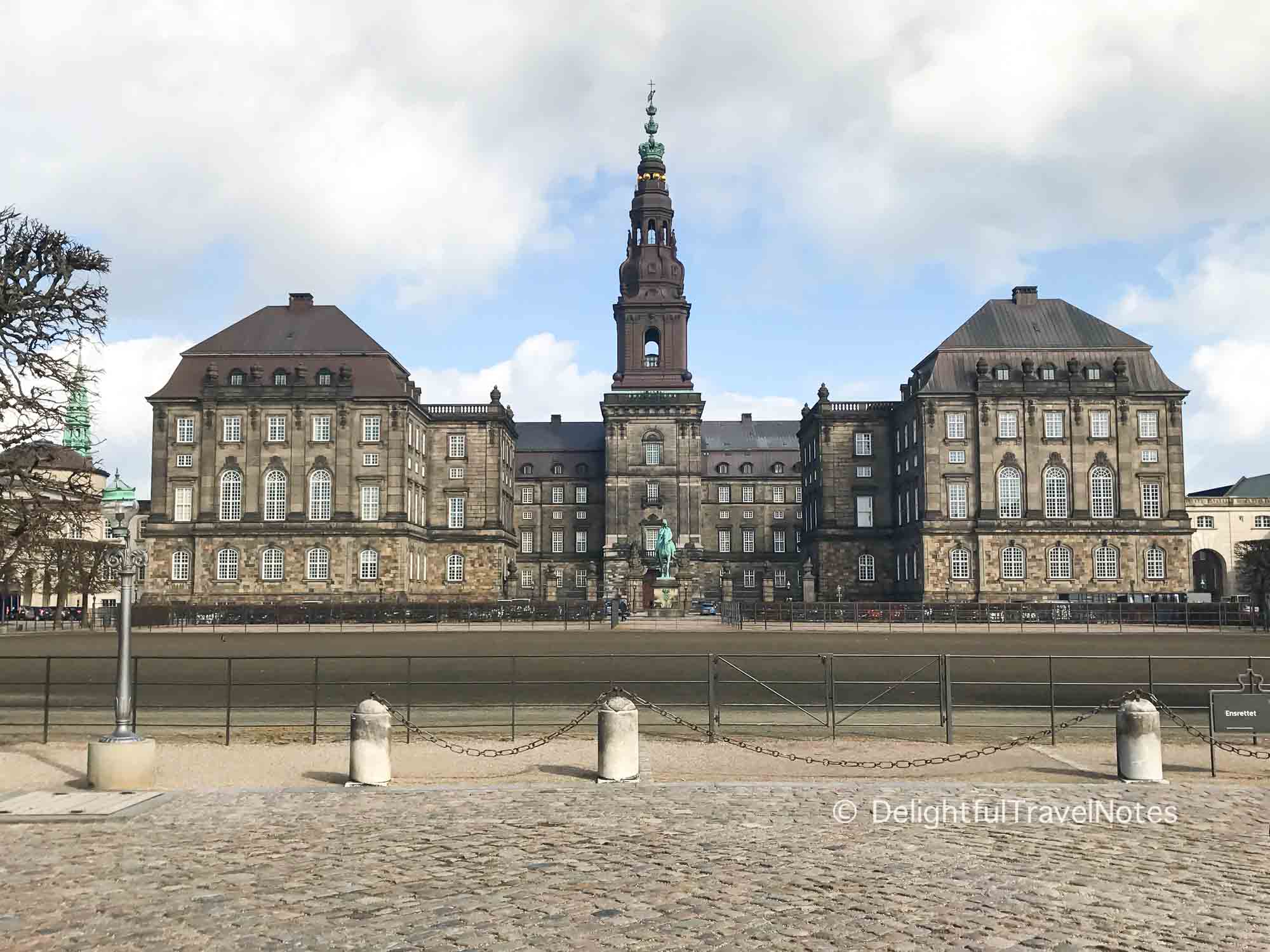
Frederiksborg Castle
First, this is Frederiksborg Slot in Hillerød. Don’t confuse it with Frederiksborg Slot in Frederiksberg. Just a short ride away from Copenhagen, this is a magnificent Renaissance castle and a testament to the grandeur of Nordic architecture. I have visited this castle three times over the years and never tire of its beauty.
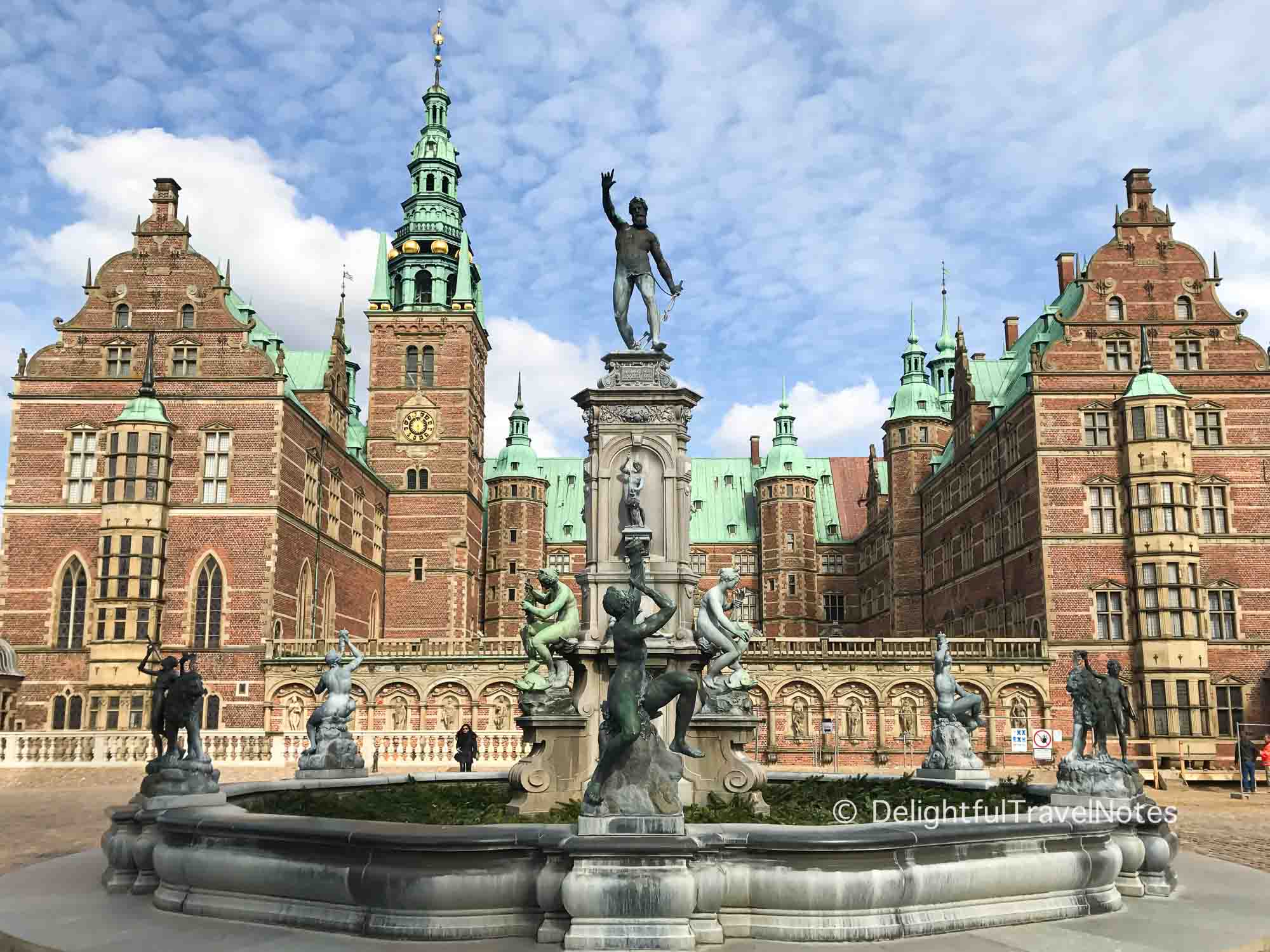
The impressive facade of the castle showcases ornate details, intricate spires, copper-covered roofs, and gables, making it an exemplary piece of Renaissance architecture. Inside, the rooms are adorned with an extensive collection of portraits, historical paintings, and decorative art, providing glimpses into the life of the Danish royalty.
Frederiksborg Castle is also home to the Museum of National History (Det Nationalhistoriske Museum). Established in 1878, the museum narrates 500 years of Danish history through its vast collection of art, artifacts, and historical exhibitions. The castle is undoubtedly a must-visit for history enthusiasts and art lovers.
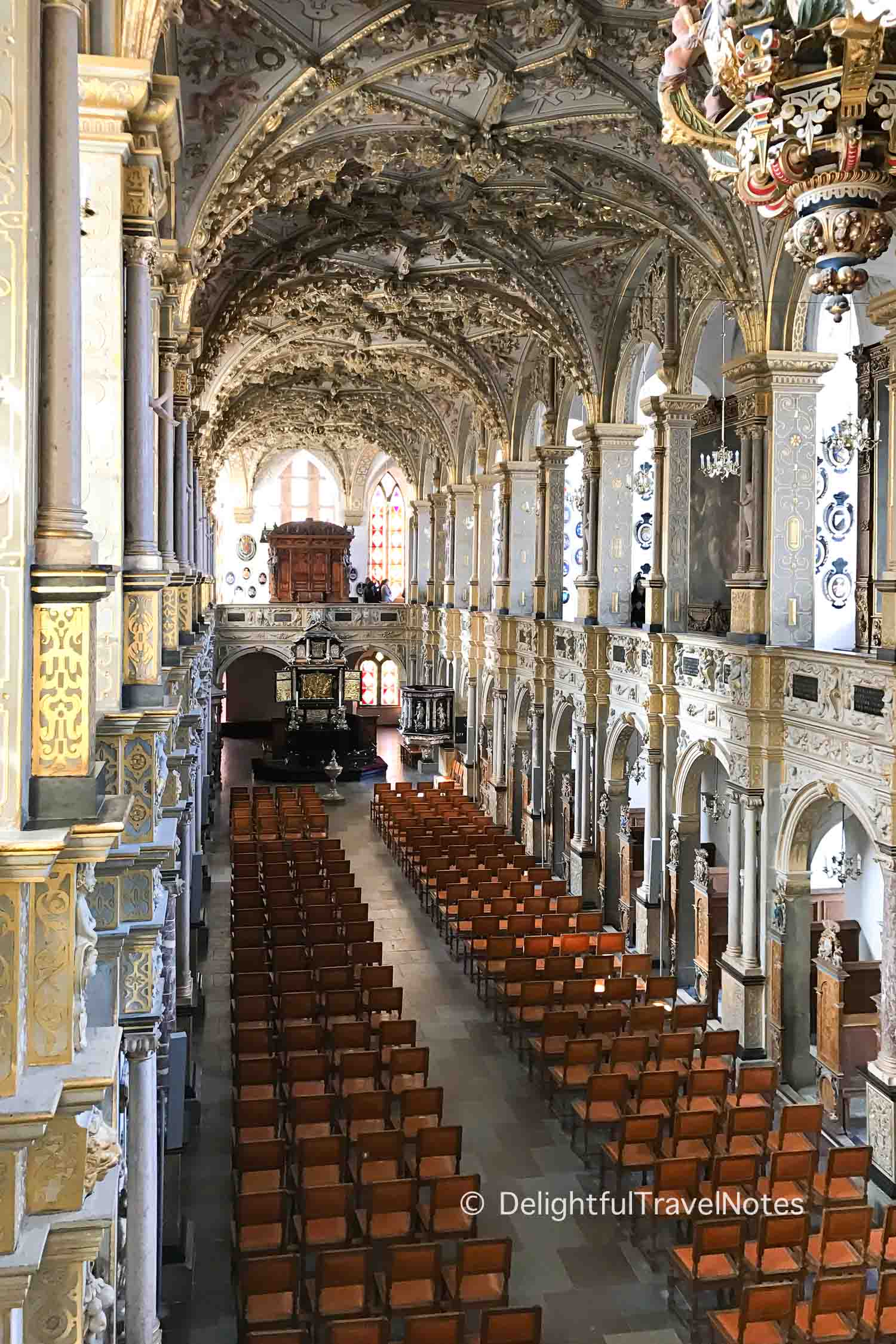
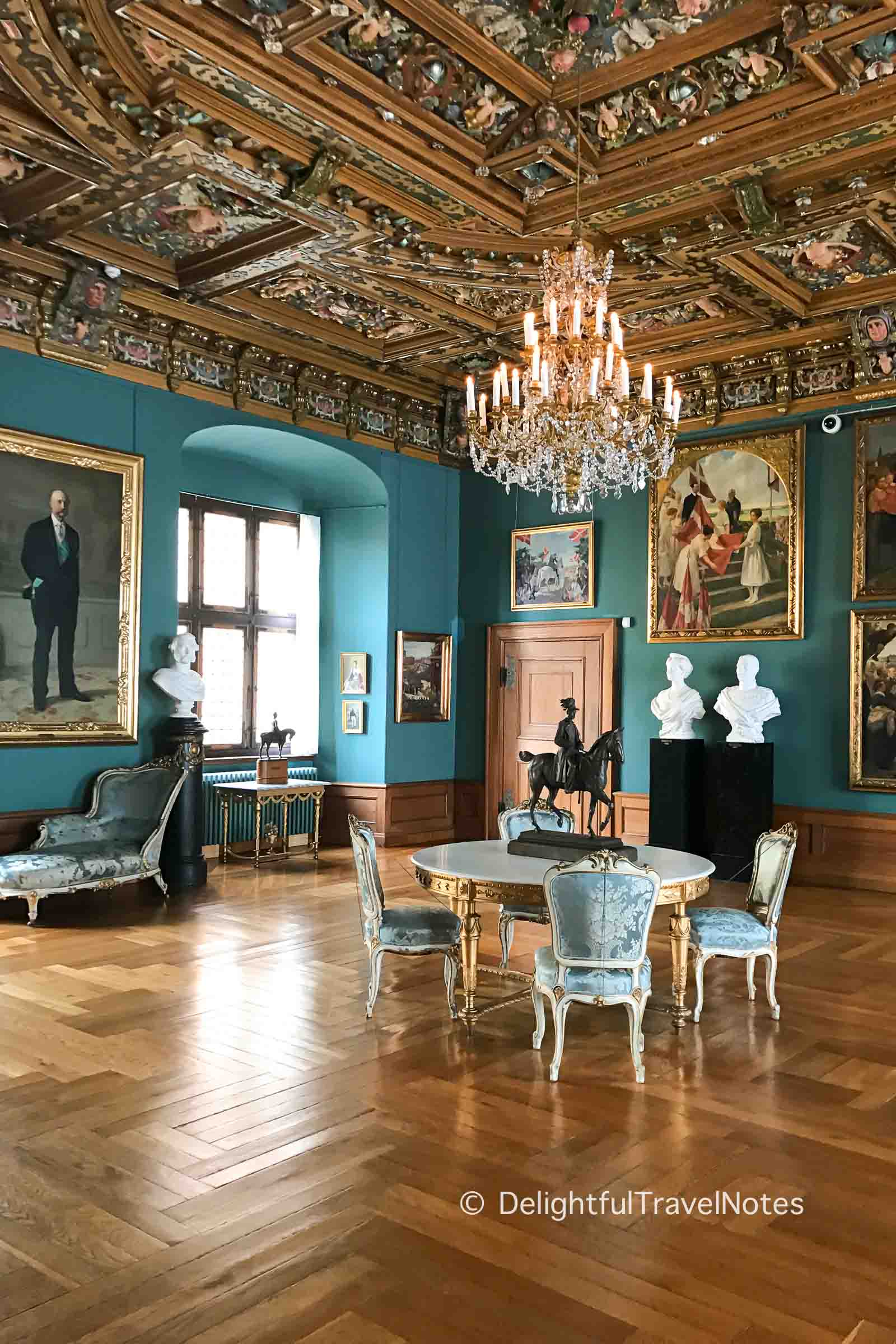
Helsingør
Helsingør, also known as Elsinore, is a lovely port city located on the northeastern tip of Zealand, Denmark. Just a short distance from Sweden across the Øresund strait, Helsingør has been a historically significant trade and maritime hub, and its cultural and architectural landmarks reflect this past.
Whenever visiting Denmark, we always stop by Helsingør and I will always have a soft spot for this town. The narrow cobblestone streets of Helsingør are lined with beautifully preserved colorful buildings, offering a charming scenery and cozy atmosphere. Strolling around the old town, you can discover unique shops, clothing stores, and cozy cafes.
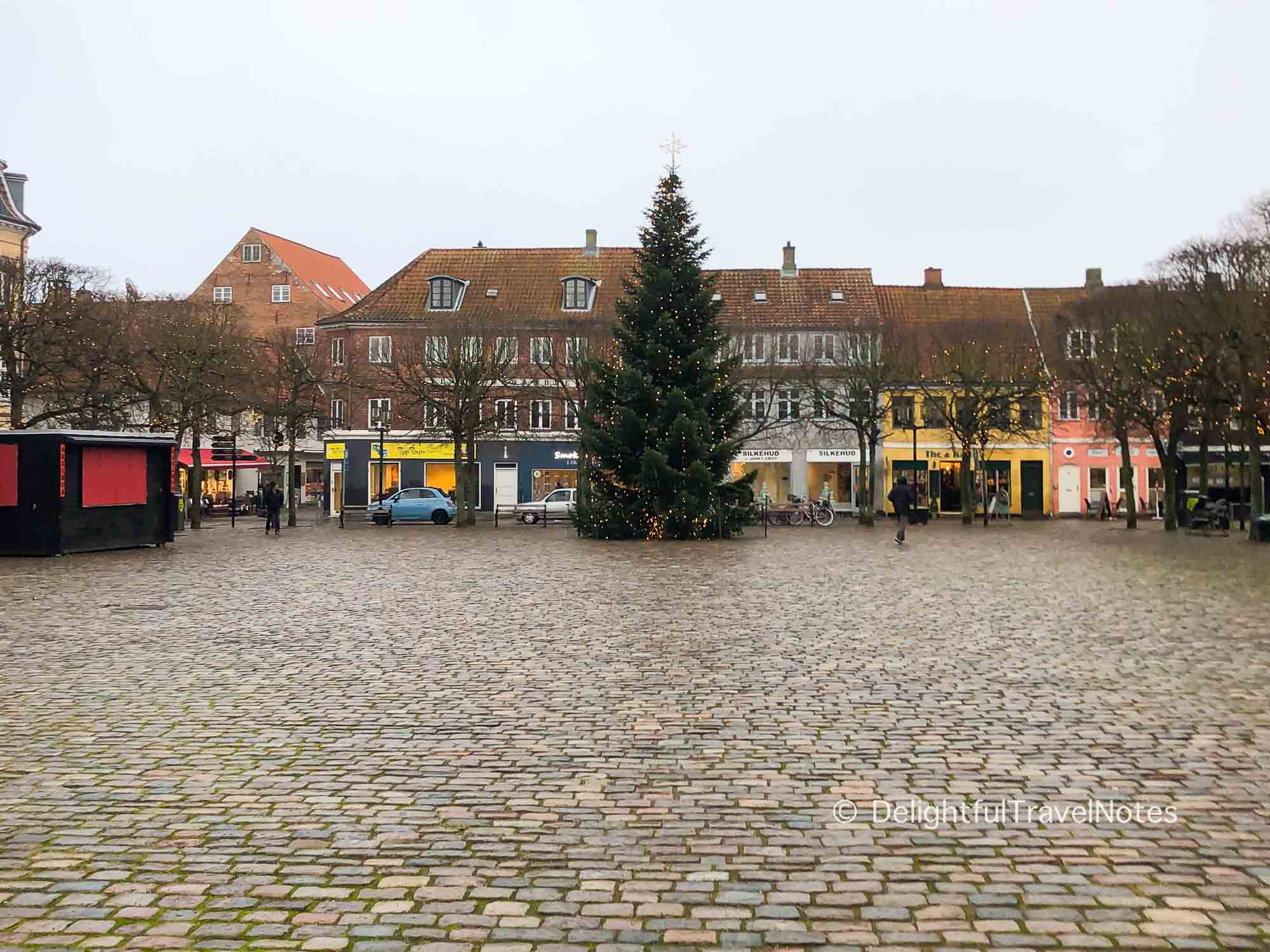
Kronborg Castle is the most renowned attraction in Helsingør. It’s best known as the setting for William Shakespeare’s tragedy “Hamlet.” This UNESCO World Heritage site, with its imposing towers, deep moats, and thick walls, offers a journey through 400 years of history.
Maritime Museum of Denmark (M/S Museet for Søfart) is housed in a striking underground infrastructure in Helsingør. This museum celebrates Denmark’s long-standing maritime heritage. The exhibits, which are modern and interactive, narrate the country’s seafaring tales, trade adventures, and naval history.
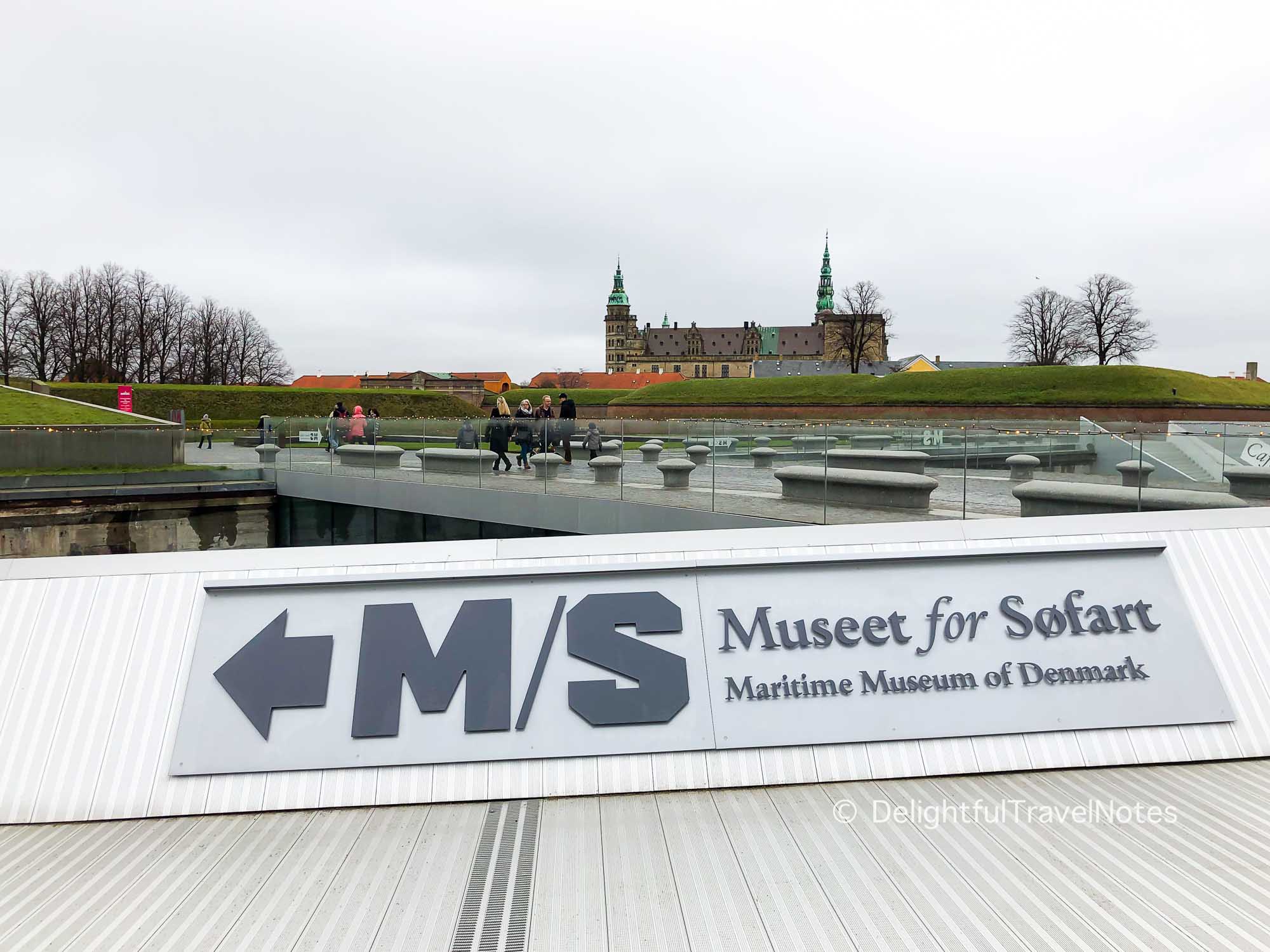
Louisiana Museum of Modern Art
Located in Humlebæk, approximately 35 kilometers north of Copenhagen, Louisiana Museum is a premier art institution in Denmark. It is also renowned internationally for its remarkable blend of art, architecture, and landscape. The museum boasts a comprehensive collection of modern and contemporary art from 1945 to the present day.
One of the unique aspects of Louisiana is its setting. Designed by Danish architects Vilhelm Wohlert and Jørgen Bo, the museum building itself is a masterpiece that elegantly integrates with the surrounding landscape. The expansive glass windows ensure the interiors are bathed in natural light while providing stunning views of the coastline beyond. The museum’s terraced landscape features sculptures and installations, allowing art to blend seamlessly with nature. This setting somewhat reminds me of Hakone Open-Air Museum in Japan.
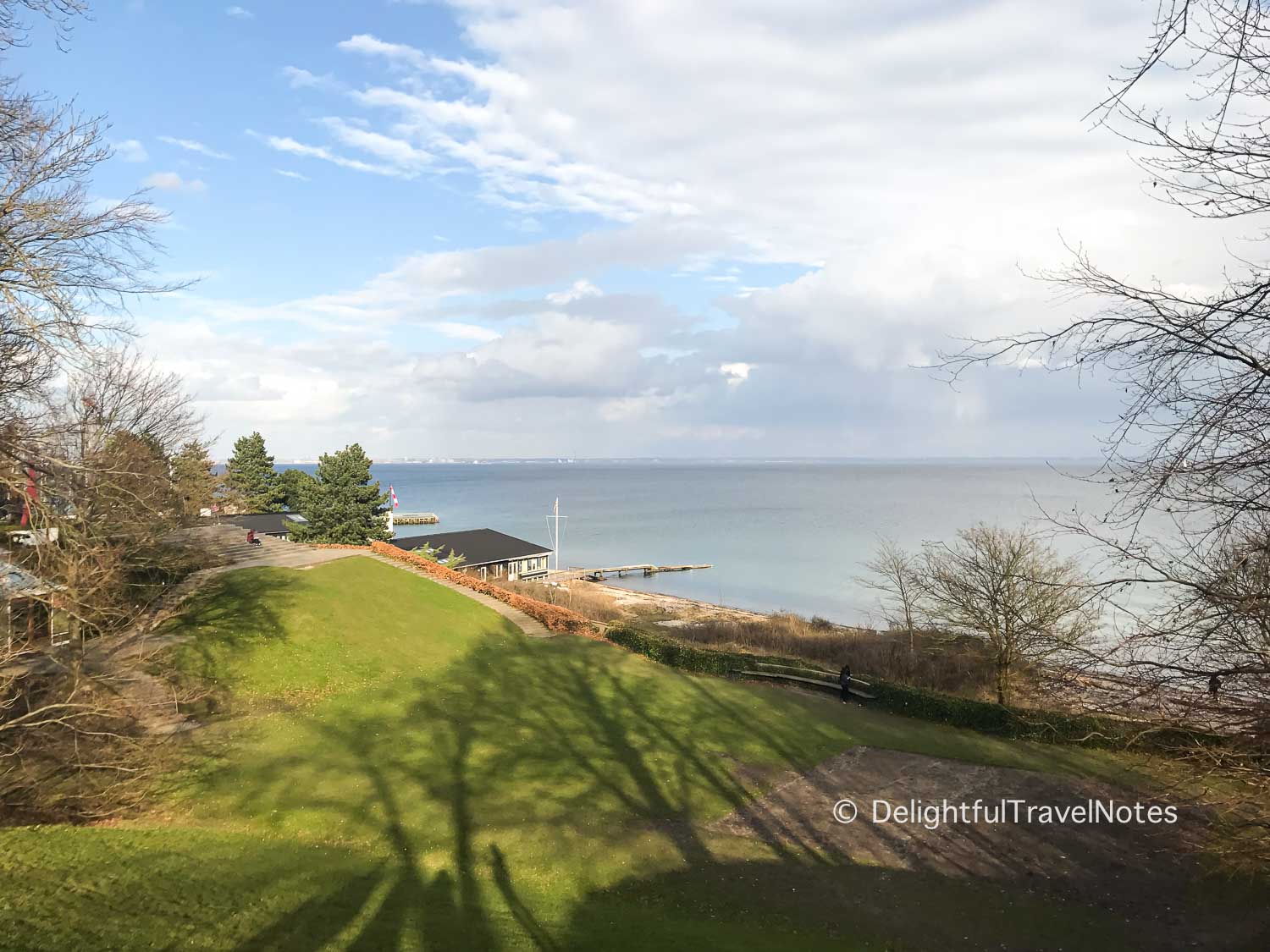
Tivoli Gardens
One of the world’s oldest amusement parks, it is a delightful place for both children and adults, especially during the evening when the park is illuminated. Visitors can enjoy a range of experiences from modern thrill rides to gentle ones. Besides thrilling rides and games, Tivoli also has meticulously designed landscapes and vibrant flower gardens.
While Tivoli can be popular to the point of feeling crowded and touristy, it remains a worthwhile destination for families visiting Denmark. This is especially true around Christmas when the park transforms into a winter wonderland.
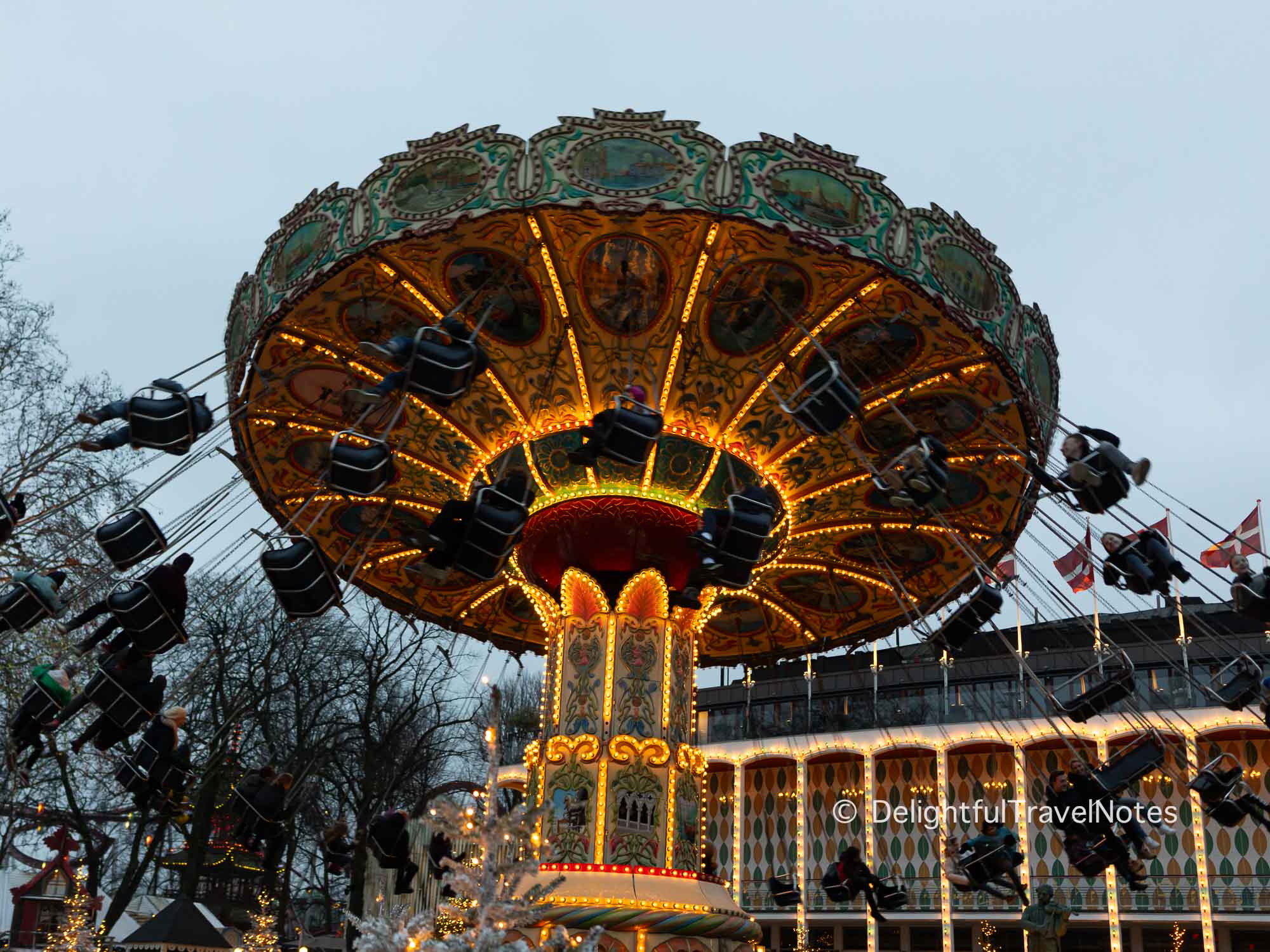
Train Ride from Copenhagen to Malmo
The train ride typically takes around 30 to 40 minutes. One of the most iconic parts of this train journey is the crossing of the Øresund Bridge, a stunning piece of engineering that connects Denmark and Sweden. The ride offers passengers a panoramic view over the water. Despite some blocked views by the bridge pillars, it is still one of my most favorite train rides when traveling.
After crossing the bridge, you can spend the day exploring Malmo, the third-largest city in Sweden. The city has gone from an industrial port city to a hub of culture, history, innovation, and modern architecture.
Smørrebrød
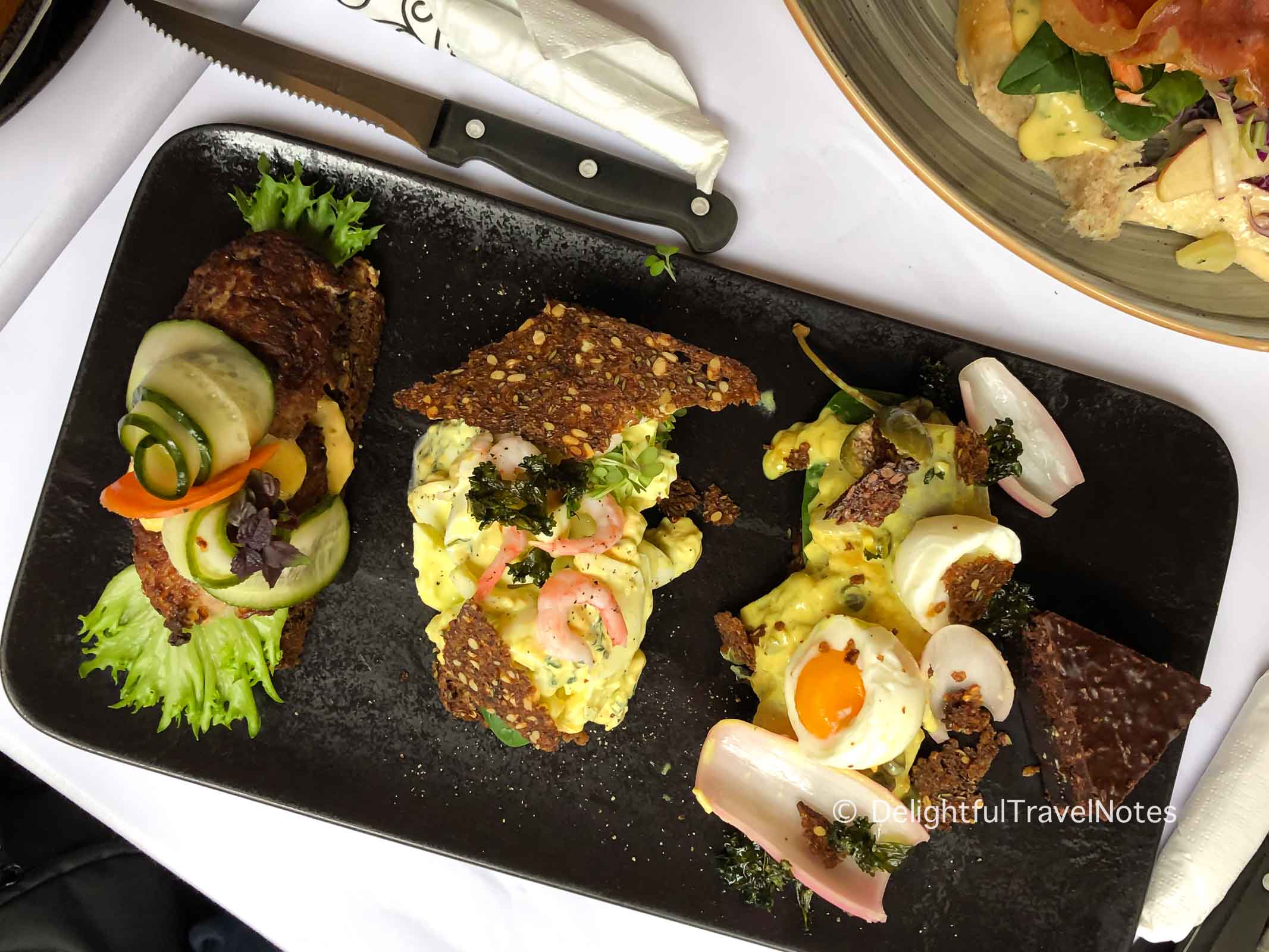
Smørrebrød is a Danish open-faced sandwich that has evolved from a humble peasant meal to a gourmet delicacy celebrated in restaurants throughout Denmark and beyond. The dish consists of a buttered slice of dense, dark rye bread which serves as the base. Atop this, a variety of ingredients are meticulously layered.
The toppings for smørrebrød are virtually limitless, and they can range from pickled herring, cold cuts to fresh shrimp and roast beef. Each topping combination typically comes with its garnishes, such as crispy onions, remoulade, fresh herbs, and pickles.
Our favorite toppings for smørrebrød are the small pink shrimp and eel. We once attended a make-your-own smørrebrød brunch the day following Christmas at my sister’s house. She introduced us to a combination of eel and scrambled eggs for the toppings, and the flavors were simply mind-blowing. Here’s the various toppings for smørrebrød, and most of the plates in the photo are from Royal Copenhagen.
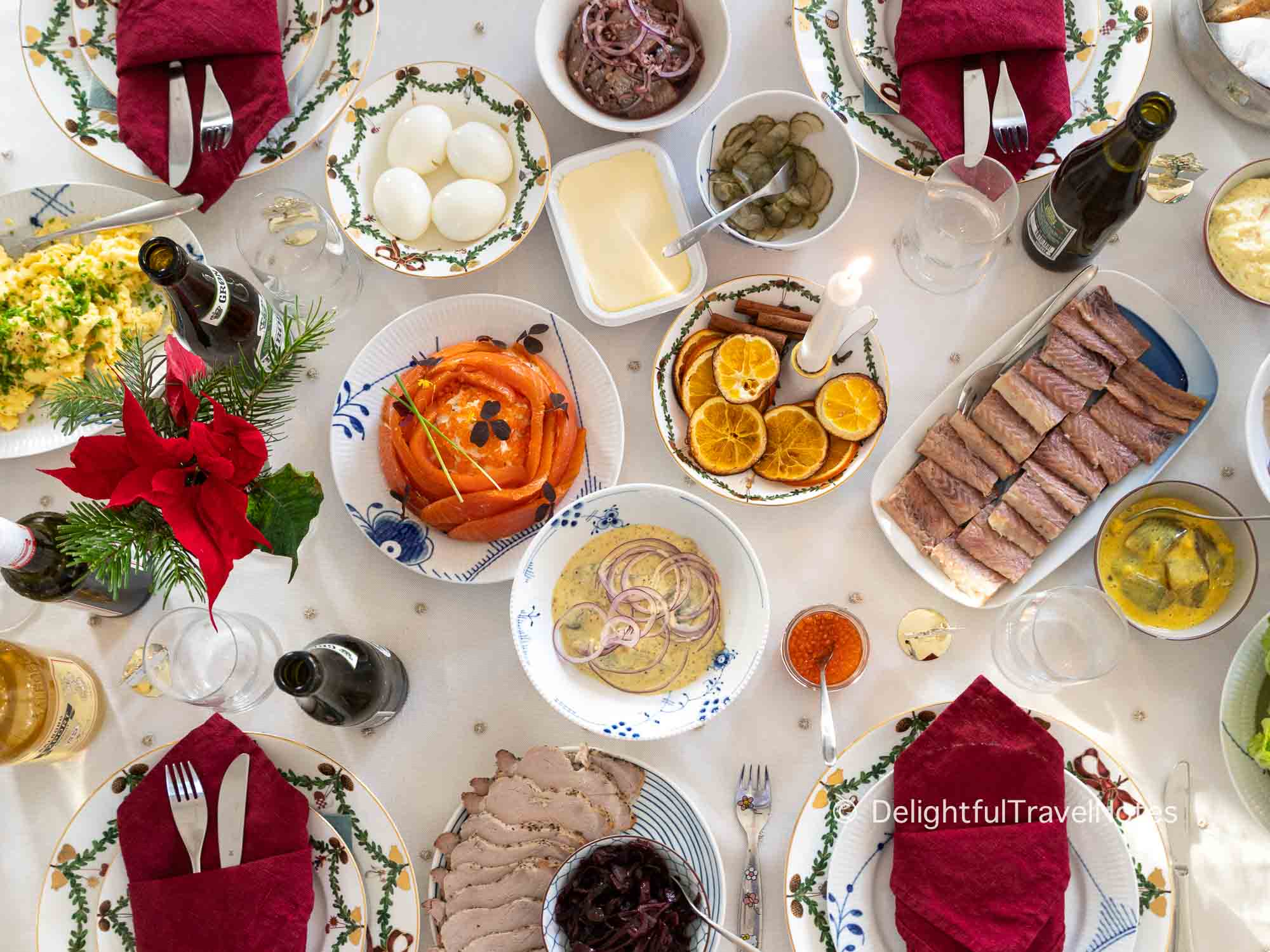
Christmas Treats
Christmas in Denmark is a magical season with a bounty of festive treats that embody the spirit of “hygge” — the quintessentially Danish concept of comfort and coziness. Central to these culinary celebrations are delights such as risalamande, æbleskiver, and gløgg. Don’t miss out on those treats if you visit the country in December.
Risalamande is a creamy rice pudding made by mixing cooked rice with whipped cream, vanilla, and chopped almonds. The pudding is often served chilled with a warm cherry sauce. A fun tradition associated with this dessert is the “almond gift”. A single whole almond is concealed within the pudding, and the lucky person who finds it in their serving gets a small present.
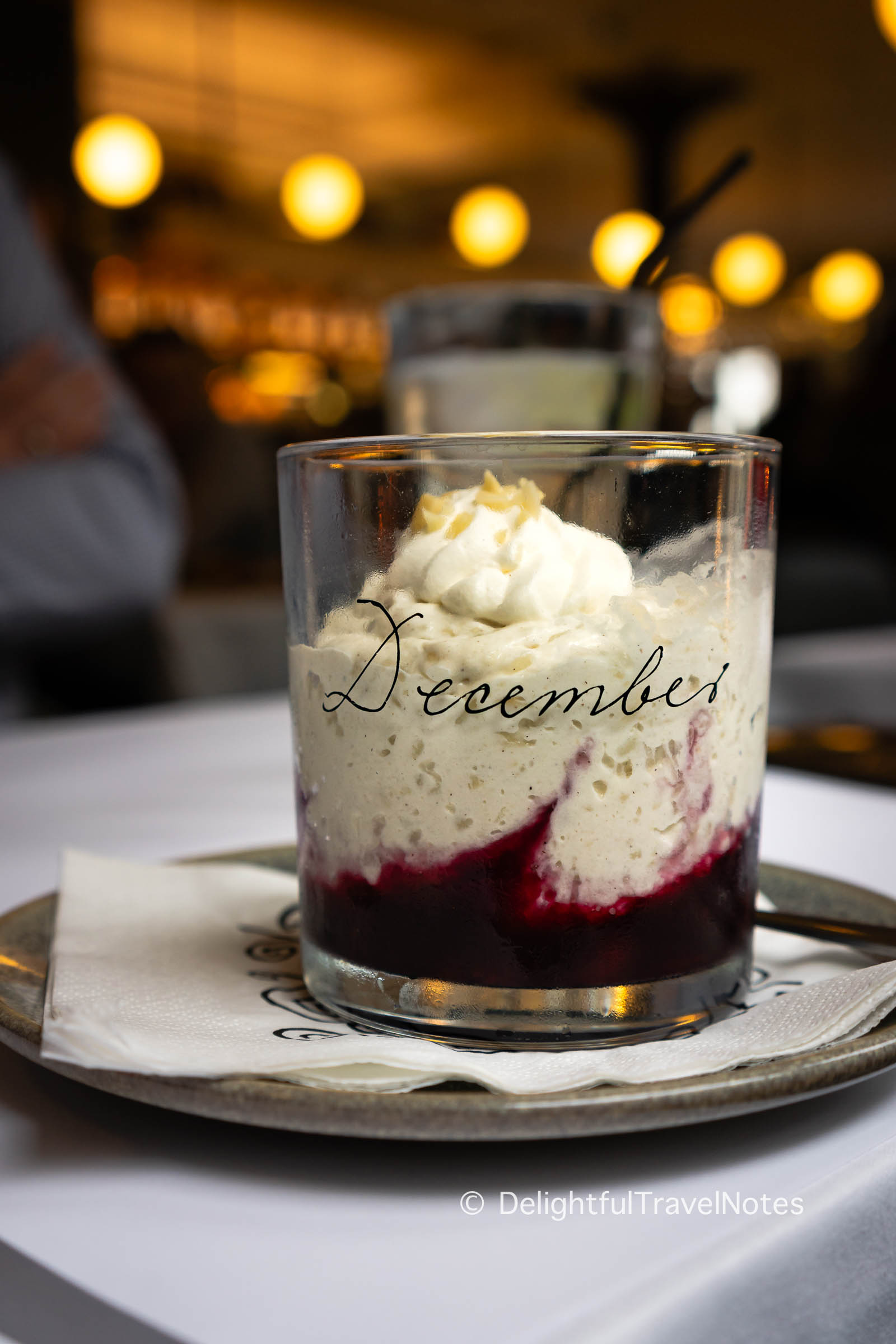
Æbleskiver are spherical pancake-like treats. These fluffy balls, made from a batter similar to pancakes, are traditionally cooked in a special æbleskiver pan, which gives them their distinctive round shape.
Gløgg is the Danish version of mulled wine. Red wine is heated with spices such as cloves, cardamom, cinnamon, and orange peel and then served with raisins and almonds. Sipping this warm beverage is a staple of the festive season in Denmark.

Explore More